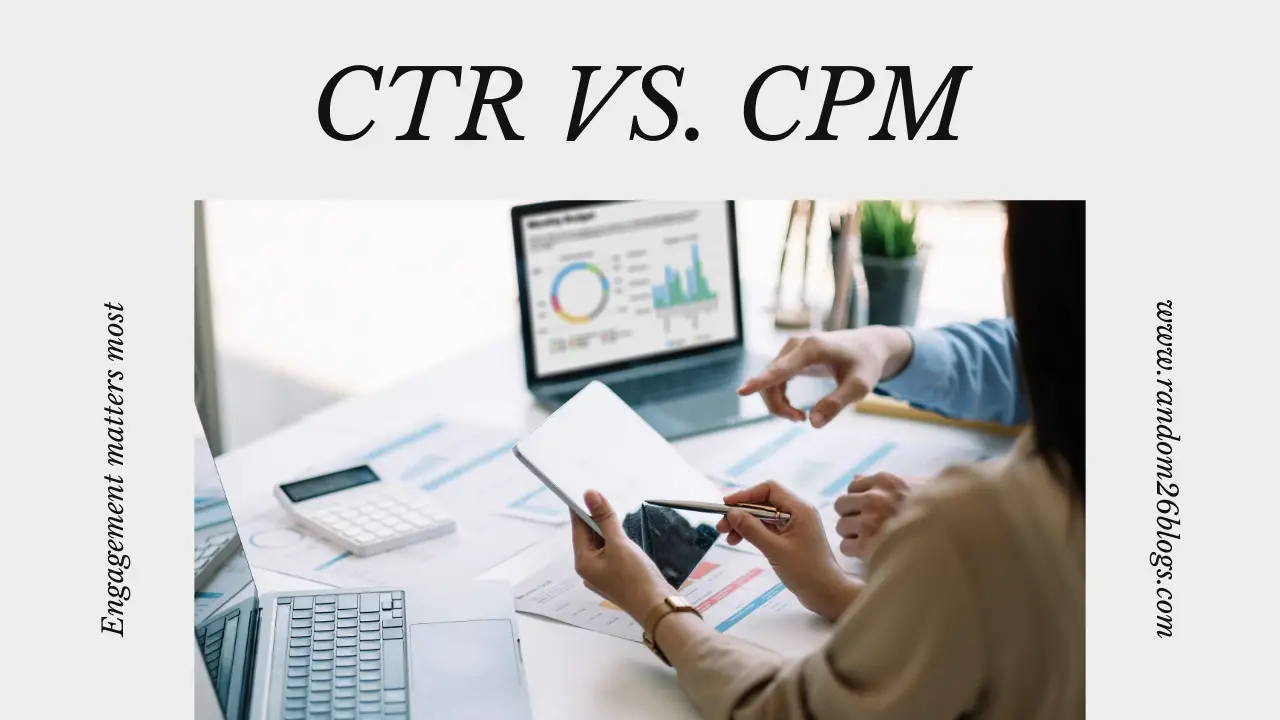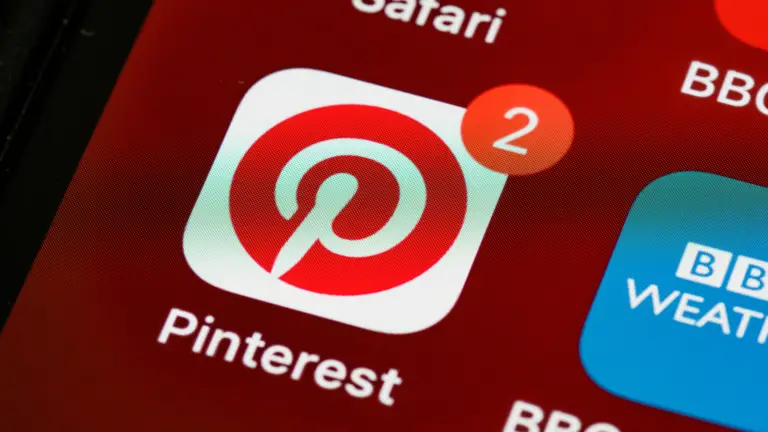
When it comes to online advertising, two of the most important metrics to consider are CTR
(Click Through Rate) and CPM (Cost Per Thousand Impressions), which most of us know but still
don’t know what they exactly do so, how do you decide which metric is more important for your business?
Now let us discuss this because it is important we will explore the differences between CTR and CPM
to help you determine which metric you should prioritize in your pay-per-click campaign.
When it comes to online advertising, two of the most important metrics to consider are CTR as I said
above if you with read focus. so, Click Through Rate and CPM Cost Per Thousand Impressions,
impressions or views of an ad.
WHAT are CTR and CPM
CTR, or Click Through Rate, is an important metric used in online advertising and marketing. well most of us don’t know who is new to this online business. It is the ratio of clicks to impressions on a text ad or advertisement. Now that you know CTR is calculated by dividing the number of clicks on an ad by the number of impressions for that ad. For example, if an ad receives 1,000 impressions and 10 clicks, its CTR would be 1%.
CPM, or Cost Per Thousand Impressions, is another important metric used in online advertising and marketing. It is the cost of displaying an advertisement 1000 times. CPM is typically expressed as the cost per thousand impressions (CPM) for a particular ad. For example, if an advertiser buys 1000 impressions for $10, then their CPM is $10.
Google AdWords is one platform that allows advertisers to purchase ads on a CPM basis. Advertisers can choose the bid they are willing to pay per thousand impressions and this will determine how much they will pay per impression. With CPM bidding, advertisers are only charged when their ad is displayed 1000 times. This gives them control over how much they are willing to spend on their online advertising campaigns.
The Pros and Cons of Each Metric
CTR (Click Through Rate): The click-through rate (CTR) is a measure of the effectiveness of an advertisement, calculated by dividing the number of people who clicked on the advertisement by the total number of impressions it received. This metric is particularly useful when used with text ads as it indicates how many people were interested enough to click on the ad.
Pros: It’s an easy metric to track and measure; it’s a quick indication of the success of an advertisement; and it helps advertisers understand the appeal of their message. Cons: CTR can be misleading because clicks don’t necessarily convert into sales, and it’s difficult to tell whether people clicked on the ad because they liked it or because it was simply in a more visible spot.
CPM (Cost Per Thousand Impressions): Cost per thousand impressions (CPM) is a measure of the cost efficiency of an advertisement. It is calculated by dividing the cost of the advertisement by its number of impressions, then multiplying by 1000. CPM is often used with online advertising platforms such as Google AdWords.
Pros: CPM gives a clear indication of how much money is being spent on each impression; it allows advertisers to compare different campaigns to determine which is most cost-effective; and it enables advertisers to accurately budget for campaigns.
Cons: CPM doesn’t take into account click-through rate or other metrics, so it may not accurately reflect the success of an advertisement, and CPM is most effective when used in conjunction with other metrics such as CTR.
Ultimately, when deciding which metric is more important for your business, you must consider your goals, budget, and the type of advertising campaign you are running.
Which Metric is More Important for Your Business?
When it comes to online marketing, two of the most important metrics to consider are CTR (Click Through Rate) and CPM (Cost Per Thousand Impressions). Both of these metrics can be used to assess the effectiveness of your advertising campaigns. The question is, which metric should you prioritize in your online marketing efforts?
CTR measures the number of clicks a given ad receives compared to the total number of impressions it receives. A high CTR means that your ad is getting clicks, which is usually a good sign that it’s effective. CPM measures the cost per thousand impressions. It looks at how much money you spend to get 1,000 impressions on your ad. This metric can help you determine whether or not you’re getting a good return on your investment.
When it comes to deciding which metric is more important for your business, the answer depends on your goals. If you’re focused on generating clicks and conversions, then CTR should be your primary metric. On the other hand, if you’re more concerned with keeping your costs down, then CPM should be a priority. Ultimately, the metric that’s more important for your business will depend on what type of results you want to see.
No matter which metric you prioritize, it’s important to keep track of both so you can gain an understanding of how effective your online marketing efforts are. With the right data, you can make informed decisions that will maximize the success of your campaigns.
see how simple it seems but sometimes simple is not easy. now that a few of your doubts are
clear like I had few of them before writing this.








James Jernigan’s YouTube channel serves as an invaluable resource for those hungry for AI knowledge. With each upload, he shares the most recent AI secrets, breaking them down into digestible content. Whether you’re an AI enthusiast or a novice, his channel is your gateway to the world of AI.
Engaging and informative! Those captivated by AI in marketing should delve into Profitable Bots’ AI course.